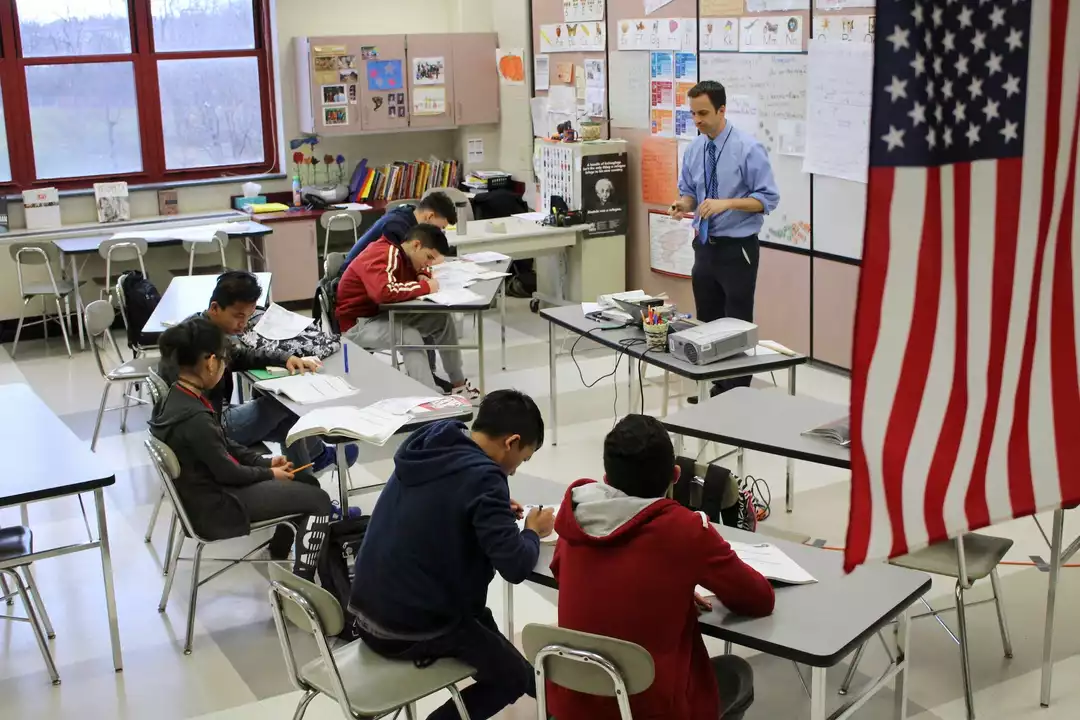Education and Market Research: Private School Market in the US
Did you know that about 10% of American students attend private schools? That translates to roughly 5.7 million kids spread across more than 34,000 institutions. In other words, private schools make up about a quarter of all schools in the country, even though they serve a smaller slice of the student population.
How Big Is the Private School Market?
The market isn’t just measured in schools; it’s a multi‑billion‑dollar industry. Tuition alone can range from a few thousand dollars a year to over $60,000 for elite boarding schools. When you add fees for extracurriculars, technology, and campus upkeep, the revenue pie swells dramatically.
Recent reports estimate the total market value at over $70 billion annually. That number includes tuition, donations, endowments, and ancillary services like transportation and catering. The steady rise in enrollment—about 2% year over year—helps keep the revenue stream healthy.
What Drives the Growth?
Parents often choose private schools for smaller class sizes, personalized learning, and specialized programs such as STEM or arts focus. Those factors create a perception of higher quality education, which fuels demand.
Another driver is the increasing number of families willing to relocate for better schools. Real‑estate listings now frequently mention nearby private schools as a selling point, showing how education choices affect broader markets.
Technology also plays a role. Many private schools have adopted advanced digital platforms for blended learning, making them more attractive to tech‑savvy families.
Finally, the rise of charter schools and hybrid models blurs the line between public and private, expanding the overall education market while still counting many of these institutions under the private umbrella.
For investors, the private school sector offers stable cash flow and low default risk, especially for well‑established institutions with strong endowments. For students, the market provides more options and a chance to find a learning environment that fits their needs.
If you’re looking at the education landscape, keep an eye on enrollment trends, tuition growth, and the emergence of niche programs. Those signals will tell you where the market is heading next.
Whether you’re a parent, educator, or investor, understanding these numbers helps you make smarter decisions. The private school market isn’t just a collection of buildings; it’s a dynamic ecosystem shaping the future of education in the US.

How big is the private school market in the US?
The private school market in the US is quite significant and continues to grow. According to recent data, there are over 34,000 private schools nationwide, serving around 5.7 million students. These institutions make up approximately 25% of all schools in the country and enroll about 10% of the student population. The demand for private education has been fueled by factors such as smaller class sizes, personalized learning experiences, and specialized programs. As a result, the private school market is an essential component of the US education system.
Read More